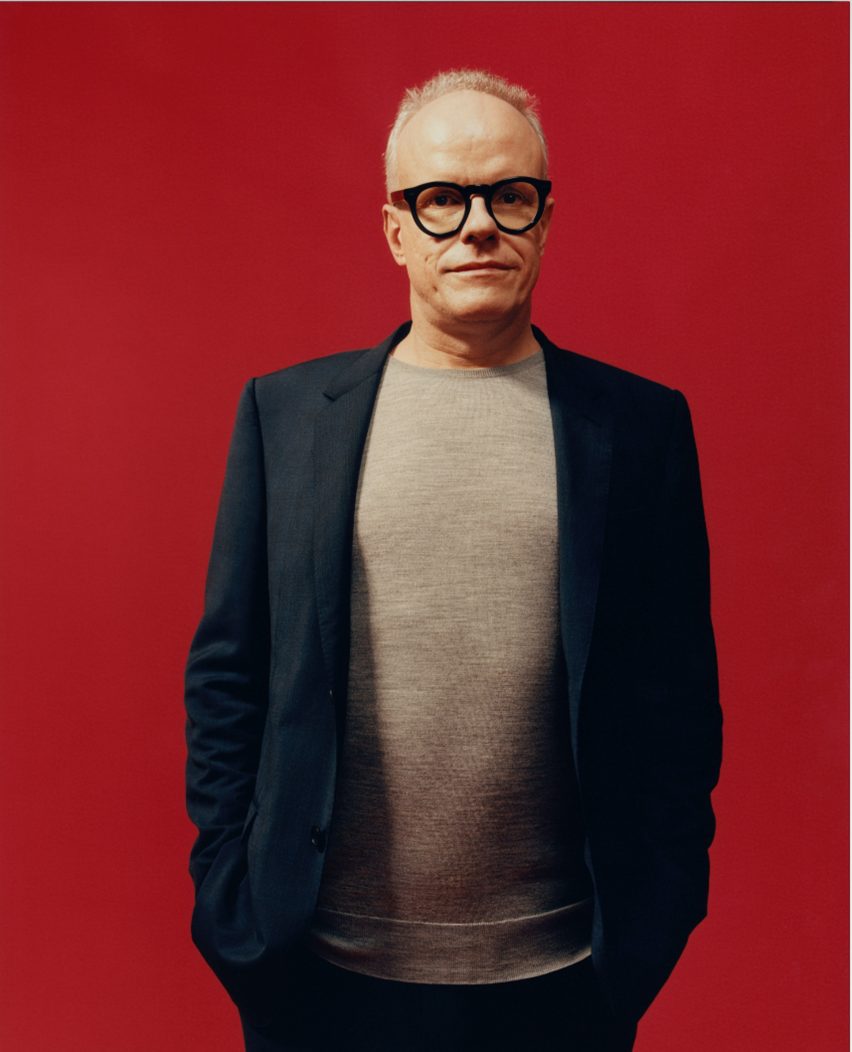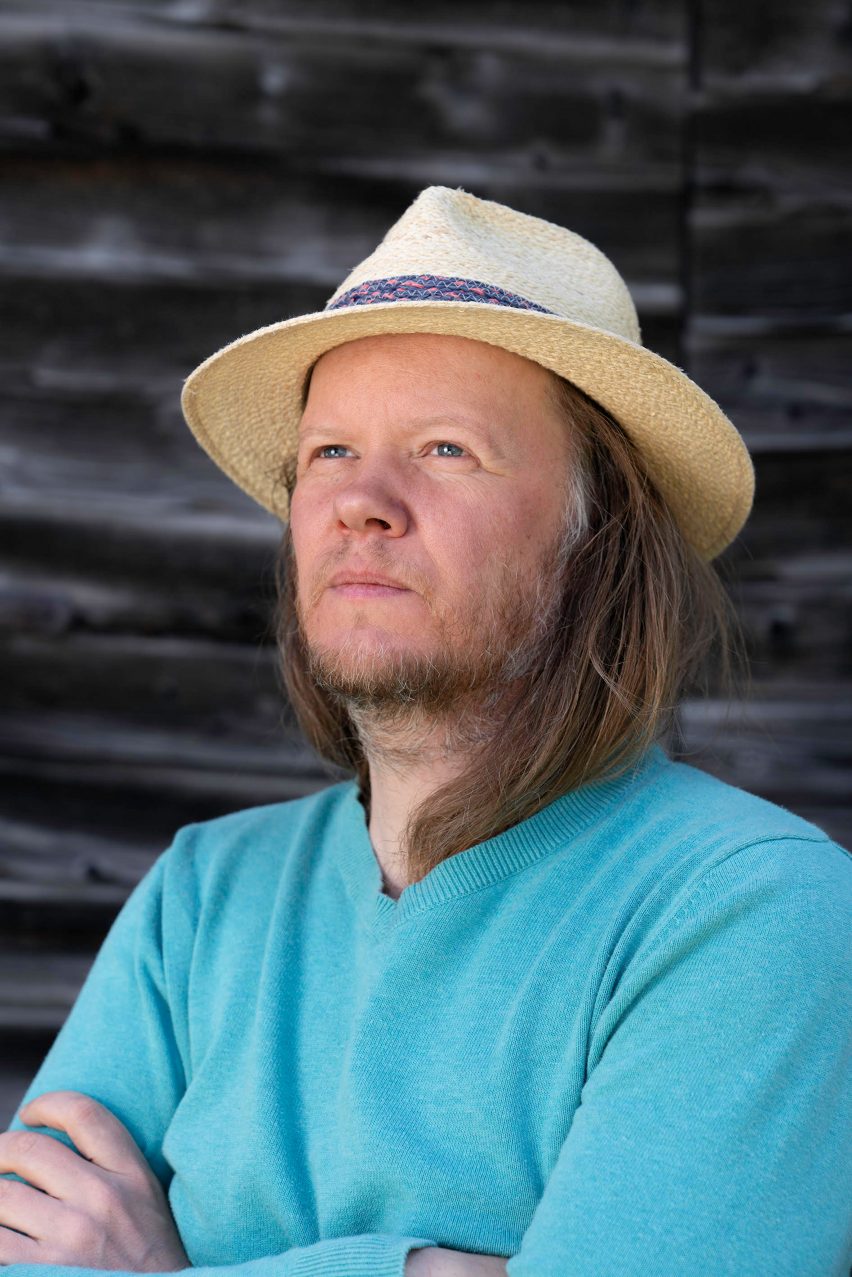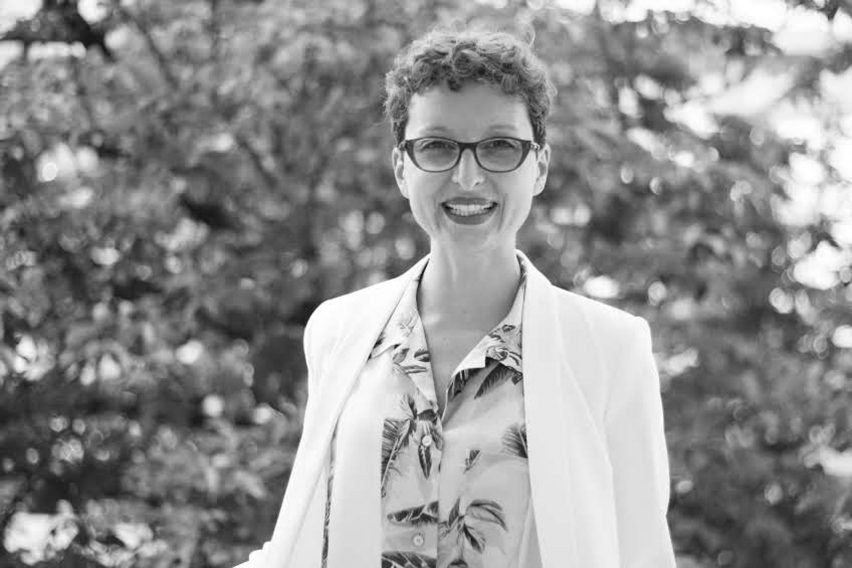Hans Ulrich Obrist and Egill Sæbjörnsson feature in the second part of Therme Art's Growing Gaia talk
Hans Ulrich Obrist, Egill Sæbjörnsson and Lucia Pietroiusti discussed how architects and designers can tackle the challenges of the anthropocene in the second part of a discussion hosted by Therme Art and Dezeen.
Held during Gallery Weekend Berlin, the talk is part of Therme Art's Wellbeing Culture Forum – a talks programme exploring the role of culture, art, design and architecture in promoting health and wellbeing in urban populations.
Entitled Growing Gaia, the talk was the third in a programme of events happening from 11-13 September at the König Galerie in Berlin.

This was the second part of a panel discussion exploring the Gaia Hypothesis, a theory formulated by American biologist Lynn Margulis and British chemist James Lovelock in the 1970s.
The hypothesis suggests that all living organisms co-evolve with their environment, forming a complex eco-system that maintains the conditions for life on Earth.
In light of our increasing awareness of humanity's influence on the planet's processes, the panellists explored how the Gaia Hypothesis can inform architects, designers, artists and scientists of solutions to mitigate the crises facing humanity in the anthropocene era.

"It is undeniably clear that today we must reposition ourselves within the totality of nature," Therme Art explained.
"How can artists, architects, scientists, and designers bring this theory to consciousness and translate it into action?"
The panel discussed the interconnections between biological, social, medical and cultural processes in society brought to light by the coronavirus pandemic, and highlighted the need for a more symbiotic relationship between nature and culture to equip humanity for the future.

This symbiotic relationship would ask fields such as architecture, urban planning, design, agriculture, medicine, technology, global networking, production and health policy to align their processes to those of nature.
Co-moderated by Therme Art's CEO and curator Mikolaj Sekutowicz and the artistic director of the Serpentine Galleries Obrist, the panel comprised cultural and literary scholar Salome Rodeck, Icelandic artist Egill Sæbjörnsson, Danish artist Tue Greenfort, Mayan shaman Abuelo Antonio Oxté and curator of General Ecology at the Serpentine Galleries Lucia Pietroiusti.
The first part of the discussion was streamed on Dezeen earlier today and featured a panel comprising architect Francis Kéré, founder of Parley for the Oceans Cyrill Gutsch and artist Tomás Sarraceno.
The talk was the latest in Therme Art's Wellbeing Culture Forum talk series and the third to be held in real life following the ease of coronavirus restrictions in Germany.
Therme Art is the creative arm of the Therme Group and provides artworks to its spas and resorts around the world.
The panels have dealt with topics such as how art and architecture can contribute to healthy urban environments, the importance of live events during global crises, the role of culture in the built environment, how to design healthy and happy cities and how to maintain the wellbeing of city dwellers.
Earlier today, Dezeen also livestreamed a panel discussion featuring Obrist, Virgil Abloh and Kunlé Adeyemi exploring the relevance of the Bauhaus in a post-pandemic world.